If memory serves me, both sets of my grandparents had reproductions of Sir Samuel Luke Fildes' 1891 painting "The Doctor" somewhere in their environs. Theirs were probably tossed out years ago by disapproving offspring, for being kind of schlocky, but I love that picture and have loved it for a long time.(For a clearer view of the picture, click the title above.)
Fifty-some years ago I would stare at this picture and it would arouse tremendous feelings in me: a longing for love, and pity and concern for all involved: the poor mother collapsed in sorrow and fear, maybe prayer, at the table by the window; the father, ineffectual, at loose ends, standing by her with a hand on her shoulder, and another in his pocket, wondering if maybe he could, in good conscience, head off alone for the local tavern.
The doctor, the one with the power, brains, education, medication, and all the answers, sits puzzled but challenged and confident, pensive, powerful, beside me, oops, I mean beside the sick little girl. The girl is laying, feverish, in a humble and beautiful home I want still, upon pillows and a makeshift bed of beautiful chairs I want still, near I lamp I want still, with a bird in a cage and a glass of flowers in the window that I want still, and the attention of a man who is going to save her, which, well, let's face it, I want still.
A friend from gradeschool has written since reading this post and pointed out to me, most eloquently, that the loving family has made the girl's makeshift bed, using their finest Chippendale chair for her head, and the kitchen ladderback chair for her feet.
One of my grandfathers, Leroy Edgar Chapman, actually was a doctor, who had an office next to his home in Warren, Pa. where he saw patients, x-rayed them with his own little x-ray machine, and mixed up his own pink medication, mostly phenobarbital I suppose, and put it into corked bottles dispensing it to his patients, who absolutely thrived and adored him. He walked across the driveway each day to have lunch with my grandmother Lena, a Swedish woman of some intellect, who, despite having daily household help (from a dear Mrs. Bunck), nevertheless loved preparing the food and the table herself for her big old busy man. He did at least one emergency appendectomy in a patient's home in his sixty years of medical practice. He was proud to have delivered triplets in a homebirth. He was a towering man, 6' 3" or so, and beloved for his intellect, his great humor, his humble, dishevelled brilliant shambling ways, (his occasional whiskey and gingerale),and his years of contributions to the State of Pennsylvania.
My Grandfather Chapman spent a lot of time in Harrisburg while my father was growing up in Warren, serving in the Pennsylvania Senate for thirty-some years, and as Chairman of the Senate Appropriations Committee. He gave an impassioned speech to the Pennsylvania Senate back in the early fifties, extolling the history of our Founding Fathers in Philadelphia and urging the allocation of funds for the restoration of Independence Hall, which was falling into rack and ruin at the time. To demonstrate their gratitude for his service, constituents and state officials dedicated 800 acres of land, including a 68 acre lake to him, Chapman State Park and Chapman Dam, in Northwestern Pennsylvania, which has almost faded from my family's memory, since I settled at the Jersey Shore, away from my family roots. In any case, since he was a doctor, it's understandable that he had a reproduction of "The Doctor", (hanging crooked in his office as I recall), most likely the gift of a grateful patient, since he was not one to toot his own horn.
The reproduction of "The Doctor" in my other grandparents' home had a different flavor there. Those grandparents, David Raymond ("Bugs")Thomas and Emma Rebecca ("Peggy") Parsons Thomas, who had four children, were the ones by the window, the hardworking folk who were neat and clean and disciplined, notwithstanding the bottle of whiskey my grandfather kept hidden in the basement for occasional shots. Their "Doctor" print, which was hung in a little guest house, spoke to me of love, of the love my grandparents felt for their children,and probably even their grandchildren, (maybe even me!, little sickly me, when my parents were away and I stayed with them throughout first grade during one of my many bouts of pleurisy and pneumonia?) It spoke to me of the hopeful anguished dependence they had on their doctor, I still remember his name, Dr. Jacquish, in Punxsutawney, because my grandmother talked about him so often.
Once in childbirth, during my grandmother's apparently doomed labor, the doctor had given up, because the baby was a complicated breech. My grandfather "Bugs", occasionally hot-headed, didn't know nothin bout birthin no babies, and had been consigned to an outer room, boiling water in the kitchen maybe. But when he was informed of the situation, and that death was near for somebody, he stormed into the bedroom, said that nobody was going to die, and he pounced on my grandmother's stomach and turned that baby around. It worked. Two of their daughters eventually married doctors. No small wonder.
Imagine what Dr. Jacquish must have seen of my grandmother, a demure and pious Christian woman surely loath to share the required intimacies during those home births, and also during the influenza of 1918 when Dr. Jacquish asked her which of her stricken children he should save, the 4 year old or the infant, and she had to choose one, and asked him to sit through the night with the 4 year old, since she had known that one longer. And so the infant Linford Thomas died. Those were long and heavy-laden nights, and she talked more-than-fondly about that doctor until the year she died, in 1978.
My father William Leroy Chapman also was a doctor, a big-city specialist in Pittsburgh, as was his brother-in-law and partner, my Uncle Bill. There is a wing of Shadyside Hospital, The William M. Cooper Pavillion, named for my uncle. He and my dad and their other partners were top diagnosticians in the fields of internal medicine, hematology and oncology. My dad took early retirement at age 62, preferring golf and travel to work, while my uncle, highly motivated towards academic and professional achievement, decided to go to law school in his early sixties, and continued to work as a physician and attorney into his eighties.
Another uncle, John Urbaitis, the husband of my father's older sister, was a brilliant and well-respected psychiatrist, the chief administrator of Warren State Hospital, a beautiful place then with extensive gardens and old trees. My uncle gave my father a tour of the inner sanctums of the hospital before Thorazine came on the scene. I, five years old and holding my father's hand, (why didn't I stay back at the house with mom?)remember it maybe too vividly. Was there a huge screaming patient chained to a wall, as I thought I saw? No, my father told me many years later, that couldn't have been, no way and no how. But those patients were not looking quite as comfortable to me as the little girl propped on the pillows in Sir Samuel Luke Fildes' portrait of "The Doctor." My Uncle John's son, my cousin John Jr, also became a doctor affiliated first at Johns Hopkins, and later, as psychiatrist extraordinaire, world traveler, and urbane gentleman, remains settled in Baltimore.
So naturally I, who was talked out of becoming a doctor by my father because of what he foresaw as the end of old-time medicine and the beginning of the insurance companies' domination, have a copy of "The Doctor", which hangs above my piano. It's a big old wrinkled framed thing I found years ago in a junk store for fifty bucks...which means the world to me, and which I know will influence someone sometime, and certainly played into the unconscious of all five of my children as they grew up. The picture affected and influenced me profoundly as a child, for more reasons than one. I tell all these things about this painting principally for my family, because the stories are old and will pass away one day, but no need to let them fade yet.
Above all this, the painting gently conveys Sir Samuel Luke Fildes' compassion for the poor, and beyond that, his understanding of the anguish a parent feels when a child is in dire straits. Thank you Sir.
Friday, April 11, 2008
Subscribe to:
Post Comments (Atom)



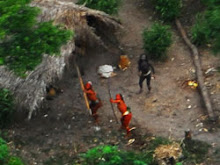

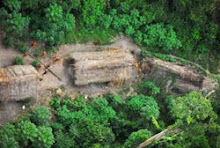

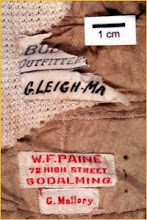

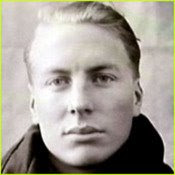


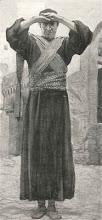
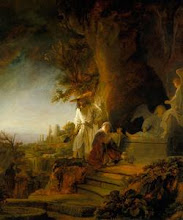





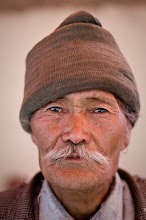
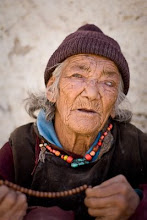



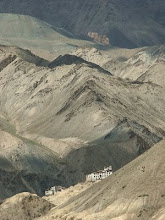

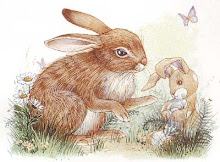
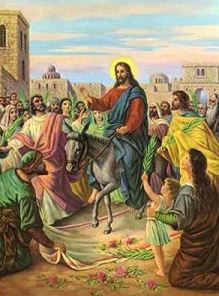
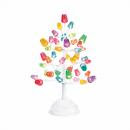
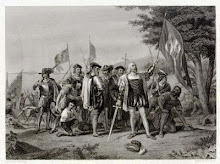


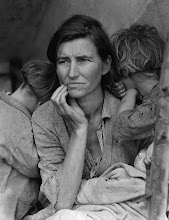




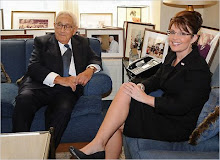












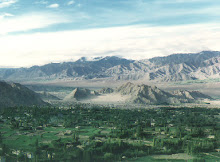
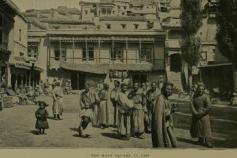
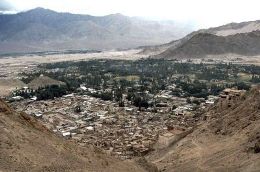
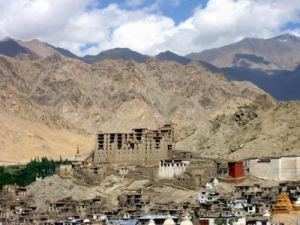




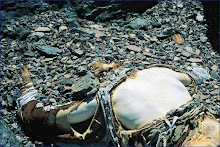



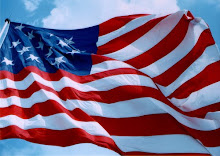

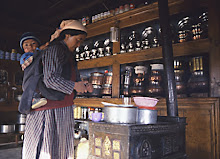
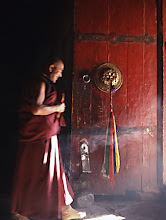

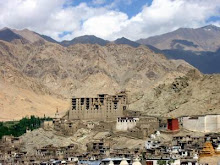
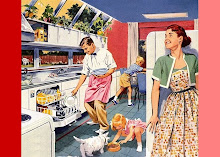
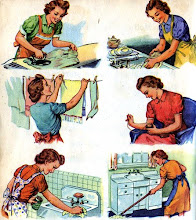


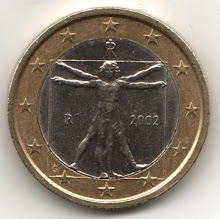

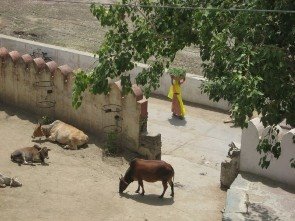
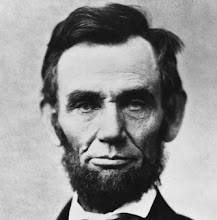



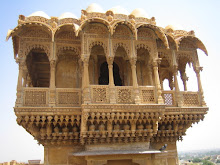



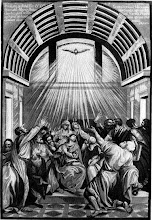

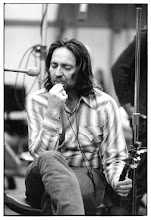

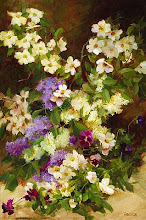
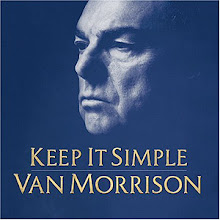
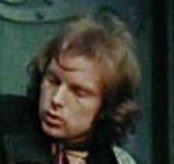

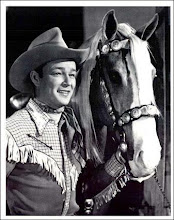

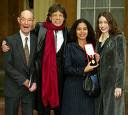


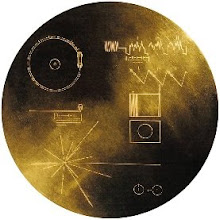
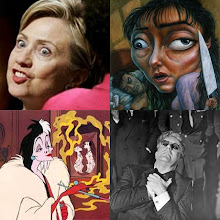

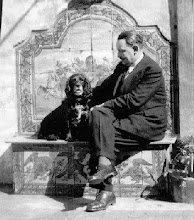

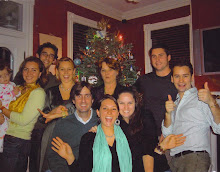
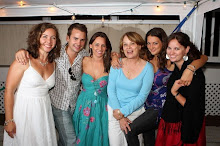

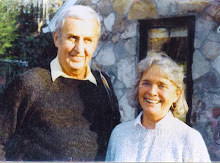


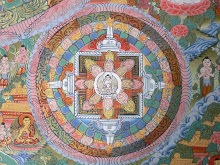
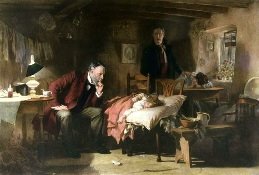
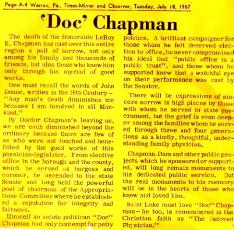
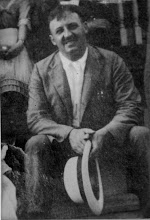


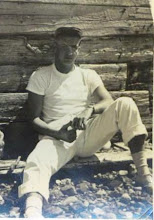
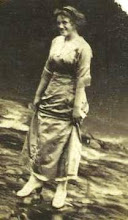
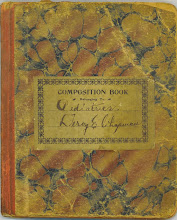




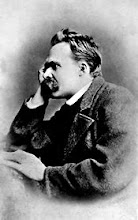

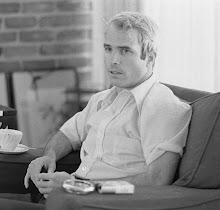
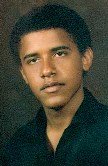



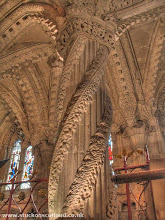
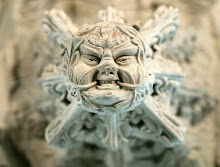


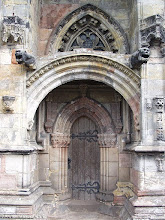

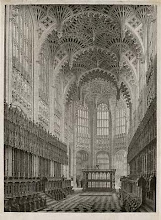

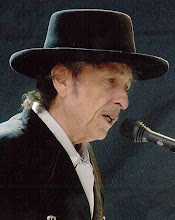

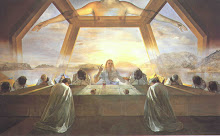



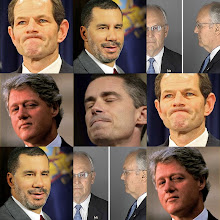
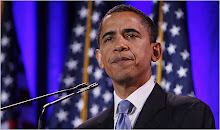
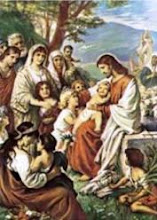
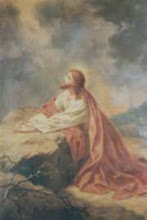


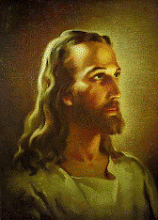

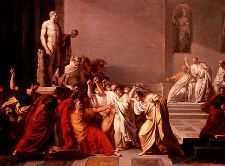



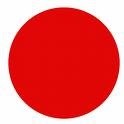



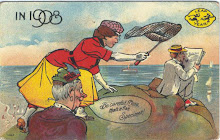

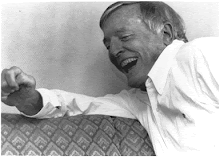



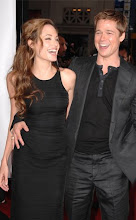

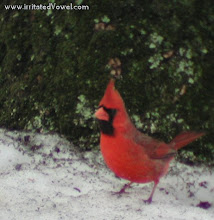

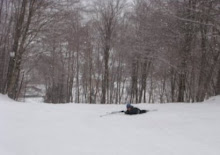







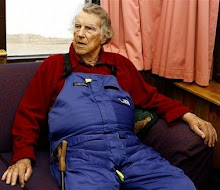
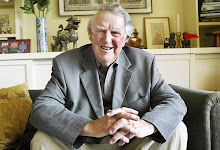
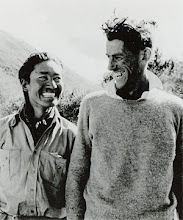

Beautiful, Terry. I love hearing your memories come to life.
ReplyDeleteI have a copy of the Doctor which was my late father in laws. It is 11 x 15 and I always wondered what it was all about. Thank you for the story.
ReplyDeleteSincerely, Ellen Bauer